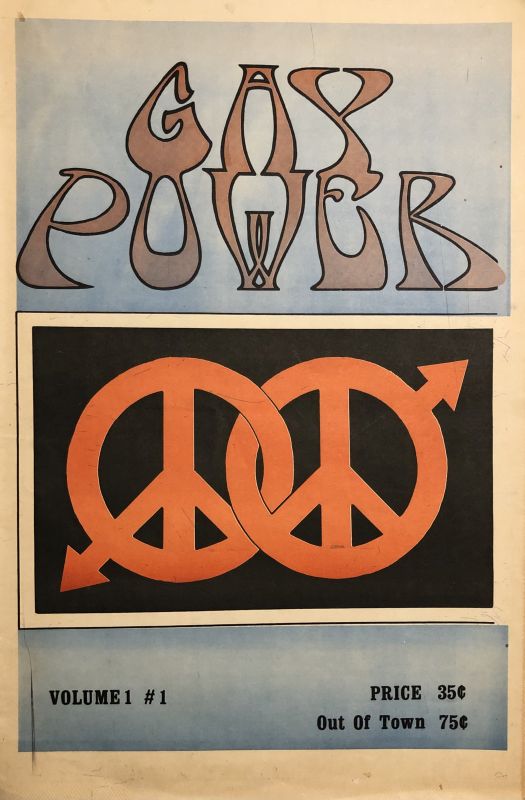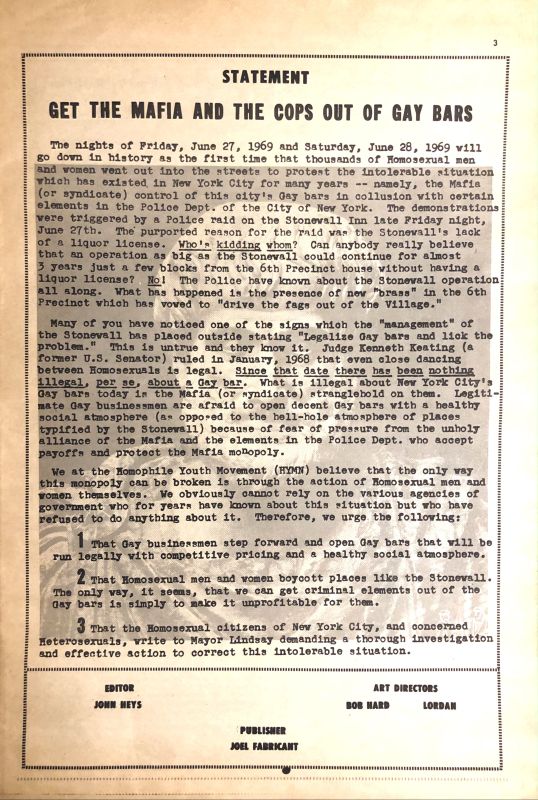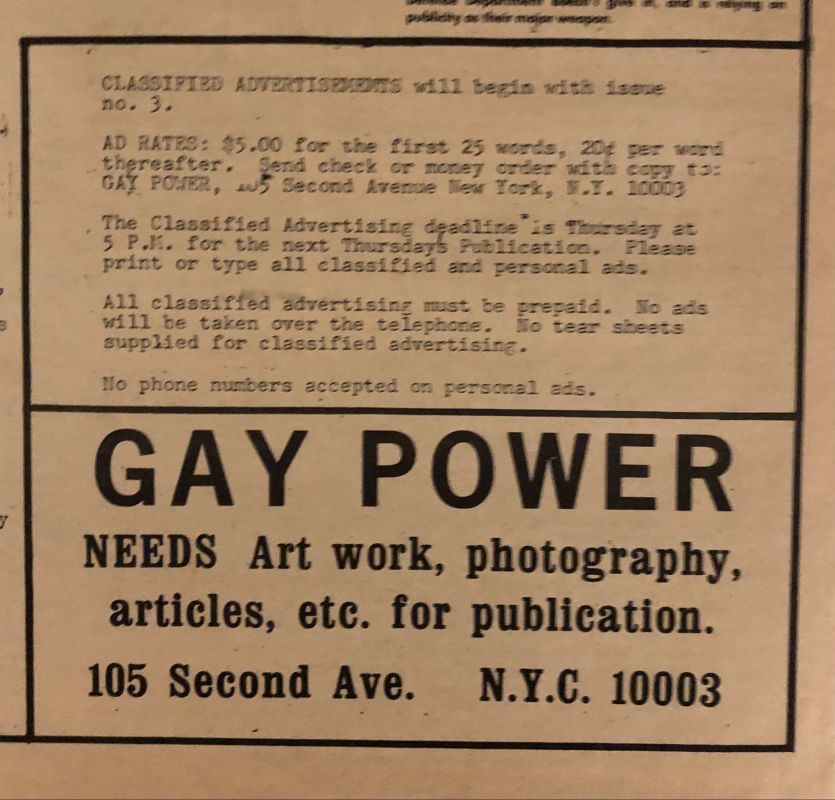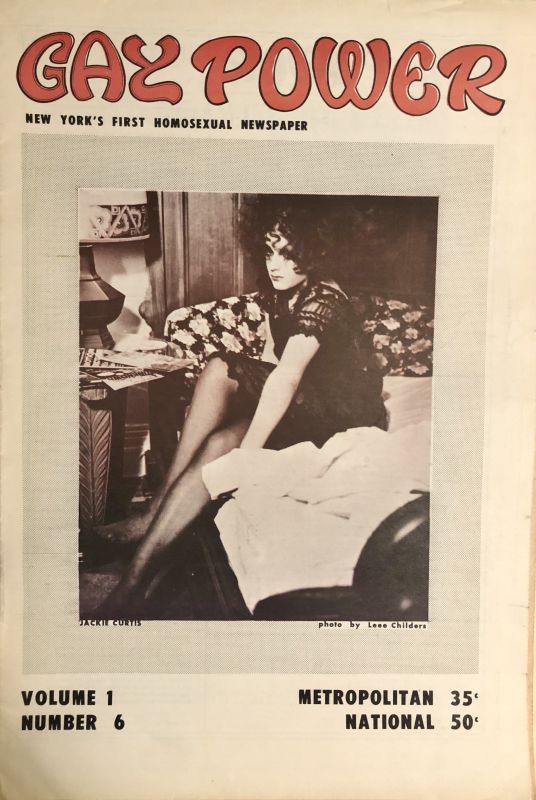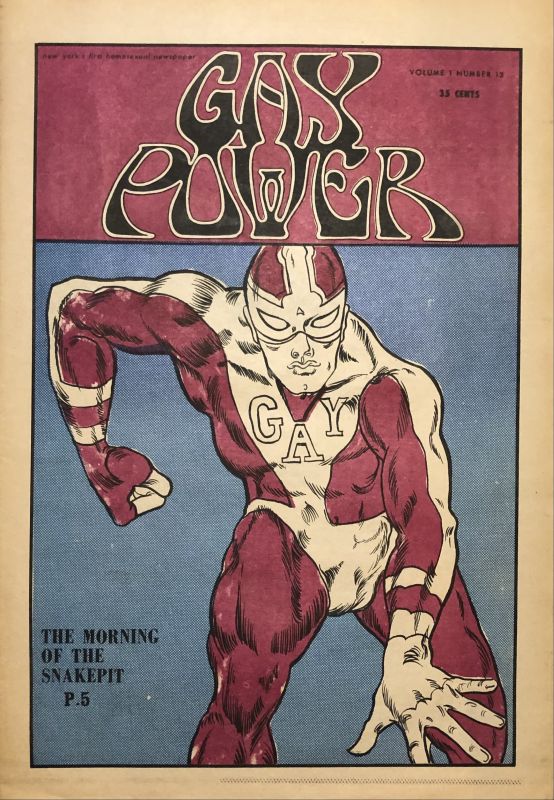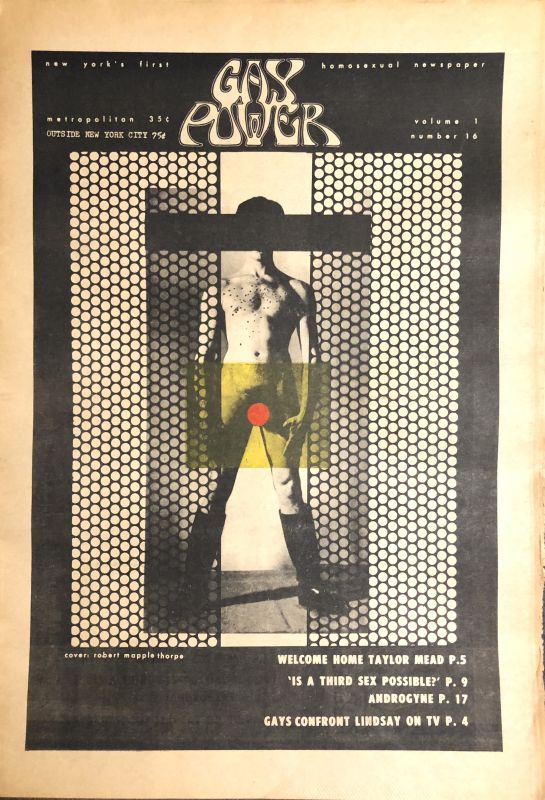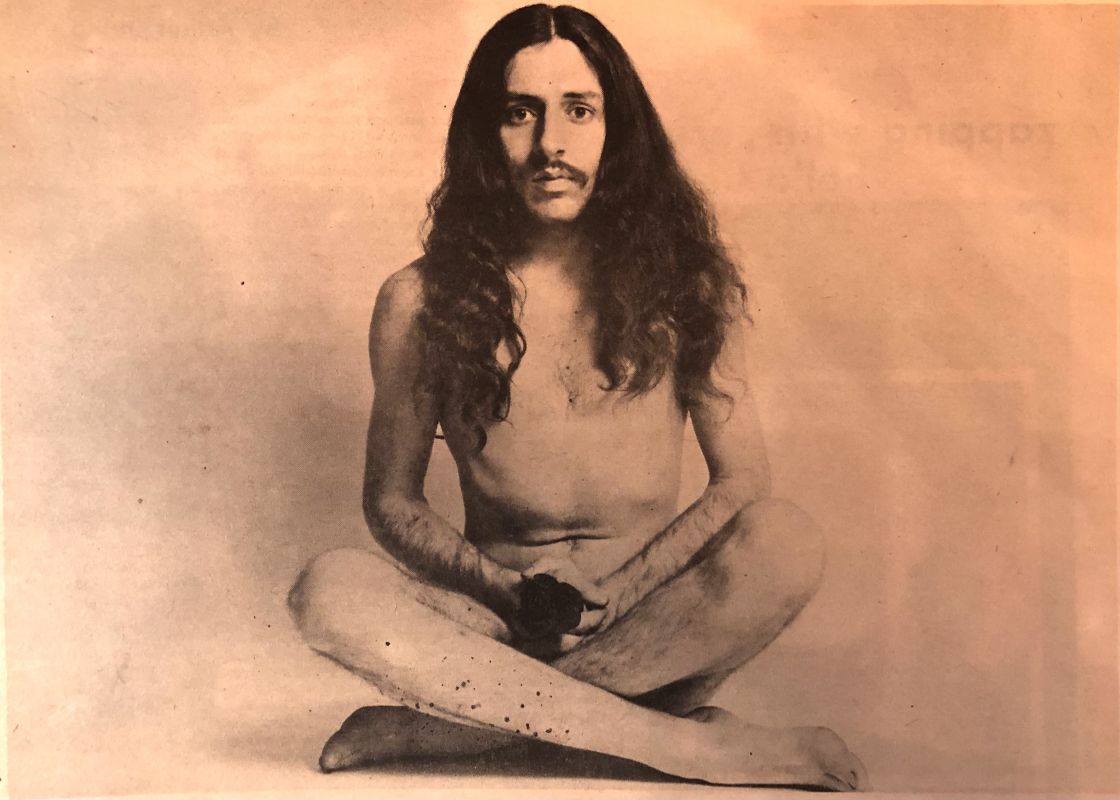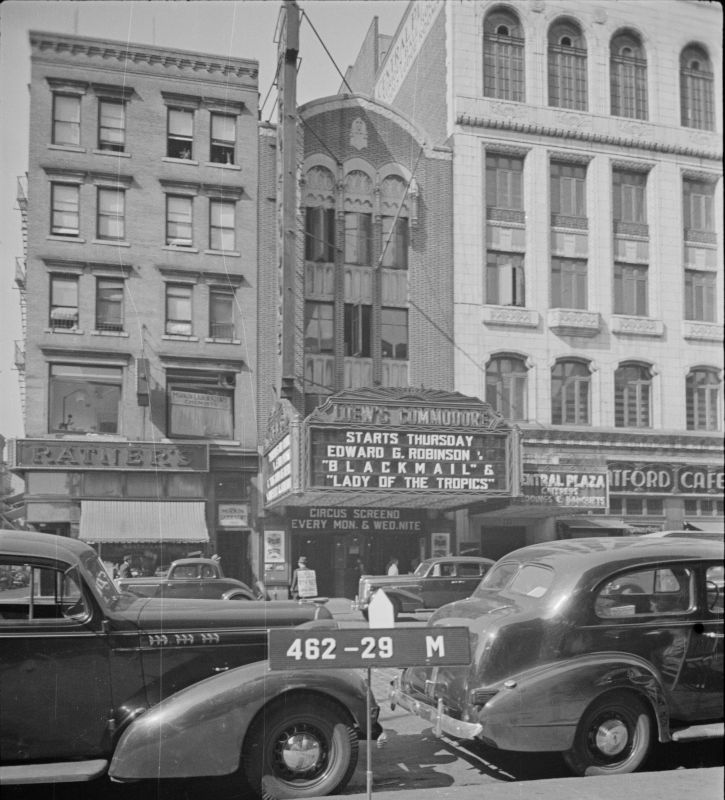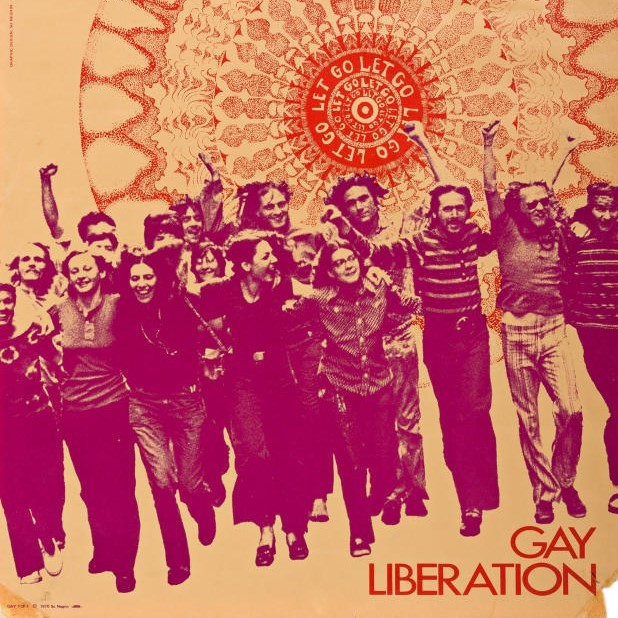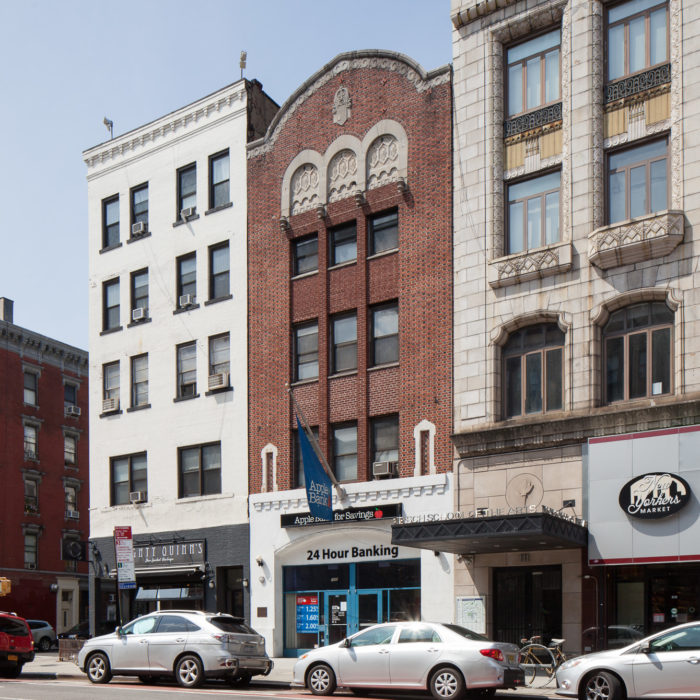
GAY POWER Offices
overview
GAY POWER, New York City’s first post-Stonewall gay newspaper, had a brief run covering the city’s gay culture and politics, and operated from a publishing office in this building between September 1969 and June 1970.
See The Saint for more information on this site’s LGBT history.
History
Prior to the Stonewall uprising, LGBT activist and social organizations disseminated information and current events through newsletters, with discreet titles, that were distributed by hand or through the mail, often covertly, to members and friends. Soon after Stonewall, the LGBT press emerged as an important source of information through the publication of regional newspapers that, in contrast to earlier newsletters, embraced words such as “gay” or “lesbian” in their titles to call attention to its gay content.
One such newspaper was GAY POWER, which, between September of 1969 and June of 1970, was published from an office at 105 Second Avenue until it relocated to 20 East 12th Street. Edited by John Heys (b. 1948) and published by Joel Fabricant, it premiered on September 15, 1969, as “New York’s First Homosexual Newspaper.” The bi-weekly newspaper had an East Coast focus with particular attention to New York City gay culture and politics. It reached thousands and was available by subscription and reportedly, at times, sold at newsstands. When Fabricant started GAY POWER, he was already the publisher of the East Village Other, which was located here. In 1969, he also started publishing KISS, a heterosexual sex-focused newspaper, to compete with Screw, published by Al Goldstein.
During its run of 24 issues, GAY POWER was known for its striking covers with psychedelic art and contemporary photography, including one by Robert Mapplethorpe, current accounts of gay activism, sexual photographs and drawings, and regular columns by such contributors as Arthur Bell, Charles Ludlam, Pudgy Roberts, Bill Vehr, Pat Maxwell, and Clayton Cole. Writer, actor, and performer Taylor Mead wrote a total of 15 columns for the publication. It also included columns by New York-based activist groups, such as the Mattachine Society and the newly formed Gay Liberation Front, and illustrations by Touka Laaksonen, better known as Tom of Finland.
In response to Fabricant publishing KISS and GAY POWER, Goldstein, along with Jim Buckley, launched GAY in December 1969. It was a New York-based bi-weekly newspaper edited by Jack Nichols and Lige Clarke. GAY POWER was soon eclipsed by GAY, which went on to become the most profitable LGBT newspaper in the country. It ceased publication in 1974.
Heys was replaced as editor sometime in late 1970 and the content became exclusively sexual until it soon folded. Heys became well-known in the downtown arts scene as a performer, visual artist and filmmaker, actor, and writer.
See The Saint for more information on this site’s LGBT history.
Entry by Ken Lustbader, project director (December 2022).
NOTE: Names above in bold indicate LGBT people.
Building Information
- Architect or Builder: Harrison G. Wiseman
- Year Built: 1925-26
Sources
“GAY: 1969-1974,” Houston LGBT History (accessed December 15, 2022), bit.ly/3iWySUI.
“Gay History – September 15, 1969: ‘Gay Power’ New York City’s First ‘Homosexual’ Newspaper Published,” Back 2 Stonewall, September 15, 2021 (accessed December 15, 2022), bit.ly/3jbrG7a.
“Gay News” in “1969 The Year of Gay Liberation,” 2019 and online exhibition, The New York Public Library (accessed December 15, 2022), on.nypl.org/3Ym2NWR.
John Edward Heys collection, Manuscripts and Archives Division, The New York Public Library, accessed December 15, 2022, bit.ly/3HEHfyr.
John Edward Heys, Gay Power: Taylor Mead Columns, 1969-19170 (McFarland, Wisconsin: Books on Demand, 2014). [source of John Heys pull quote]
Tracy Baim, editor, Gay Press, Gay Power: The Growth of LGBT Community Newspapers in America (CreateSpace Independent Publishing Platform, 2012).
Do you have more information about this site?
This project is enriched by your participation! Do you have your own images of this site? Or a story to share? Would you like to suggest a different historic site?
